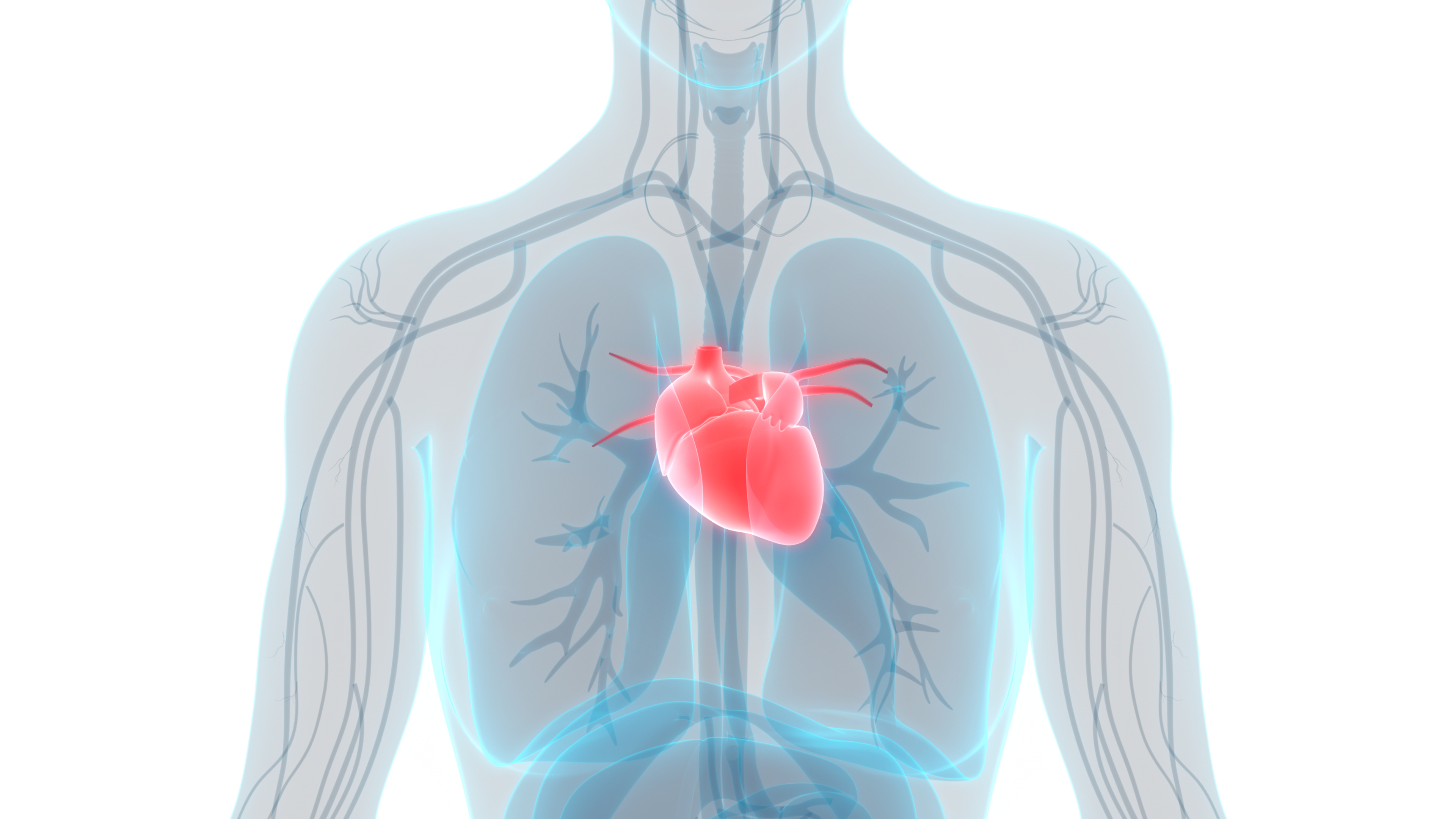↓Article continues below this sponsored advert↓
↑Advertisement↑
Takeda Pharmaceuticals International GmbH (Takeda), a leading contributor to innovative Type 2 diabetes treatments, has presented alogliptin and fasiglifam data at the 49th Annual Meeting of the European Association for the Study of Diabetes (EASD) in Barcelona, Spain.
Data from the global EXAMINE (EXamination of CArdiovascular OutcoMes: AlogliptIN vs. Standard of CarE in Patients with Type 2 Diabetes Mellitus and Acute Coronary Syndrome) CV safety outcomes trial indicated that alogliptin did not increase CV ischaemic events including all-cause mortality (death from any cause), nonfatal myocardial infarction, nonfatal stroke, and urgent revascularisation due to unstable angina. Additionally, EXAMINE exploratory data presented showed rates of hospitalisation for heart failure were comparable across alogliptin and placebo groups.[3]
The company also presented Phase 3 data on the investigational compound fasiglifam, a potential first-in-class GPR40 agonist for the treatment of Type 2 diabetes, demonstrating the study’s primary endpoint of change from baseline in HbA1c at week 24 was met.[4] Study findings showed that fasiglifam significantly improved glycemic control with low incidence of hypoglycaemia and statistically significant reductions in HbA1c, compared with placebo, at 24 weeks in patients with Type 2 diabetes inadequately controlled by diet and exercise.[5]
EXAMINE Data
Results demonstrated that the EXAMINE exploratory adjudicated CV composite endpoint of all-cause mortality, nonfatal myocardial infarction, nonfatal stroke, urgent revascularisation due to unstable angina, and hospitalisation for heart failure occurred at similar rates in the alogliptin and placebo groups (16.0% vs. 16.5%; hazard ratio, 0.98; 95% confidence limits [CL] of 0.86 to 1.12). For the post hoc composite endpoint of cardiovascular death and hospitalisation for heart failure, there was no difference in event rates between the alogliptin and placebo groups (7.4% vs. 7.5%; hazard ratio, 0.98; 95% confidence limits [CL] of 0.82 to 1.20). Rates of hospitalisation for heart failure were similar in the alogliptin versus placebo groups for both composite endpoints. Among other published DPP-4i CV safety outcomes trials, EXAMINE was the only trial to have evaluated Type 2 diabetes patients at high-risk for major adverse cardiac events (MACE) due to recent acute coronary syndrome (ACS).[6] Results of the global alogliptin EXAMINE trial were recently published in the New England Journal of Medicine.[7]
“As physicians, it is critical that we understand the impact of treating high risk patient groups such as those evaluated by the EXAMINE trial,” said Simon Heller, D.M., EXAMINE Steering Committee member. “Many Type 2 diabetes patients today are also living with cardiosations will provide important clinical insights for physicians helping patients manage their diabetes.”
References
- White, W., Heller, S. (2013). Results from EXAMINE Study Presentation.
- Kaku, K., Enya. K., Nakaya, R., Oohira, T., Matsuno, R. (2013). Efficacy and Safety of Fasiglifam (TAK-875), a Novel GPR40 Selective Agonist, in Japanese T2DM Patients: a Phase 3, Double-Blind, Placebo Controlled, Comparative Study Abstract.
- White, W., Heller, S. (2013). Results from EXAMINE Study Presentation.
- Kaku, K., Enya. K., Nakaya, R., Oohira, T., Matsuno, R. (2013). Efficacy and Safety of Fasiglifam (TAK-875), a Novel GPR40 Selective Agonist, in Japanese T2DM Patients: a Phase 3, Double-Blind, Placebo Controlled, Comparative Study Abstract.
- Kaku, K., Enya. K., Nakaya, R., Oohira, T., Matsuno, R. (2013). Efficacy and Safety of Fasiglifam (TAK-875), a Novel GPR40 Selective Agonist, in Japanese T2DM Patients: a Phase 3, Double-Blind, Placebo Controlled, Comparative Study Abstract.
- White, W., Heller, S. (2013). Results from EXAMINE Study Presentation.
- White, W., Cannon, C., Heller, S., Nissen, S., Bergenstal, R., Bakris, …, Zannaad. (2013). Alogliptin after Acute Coronary Syndrome in Patients with Type 2 Diabetes. New England Journal of Medicine.

